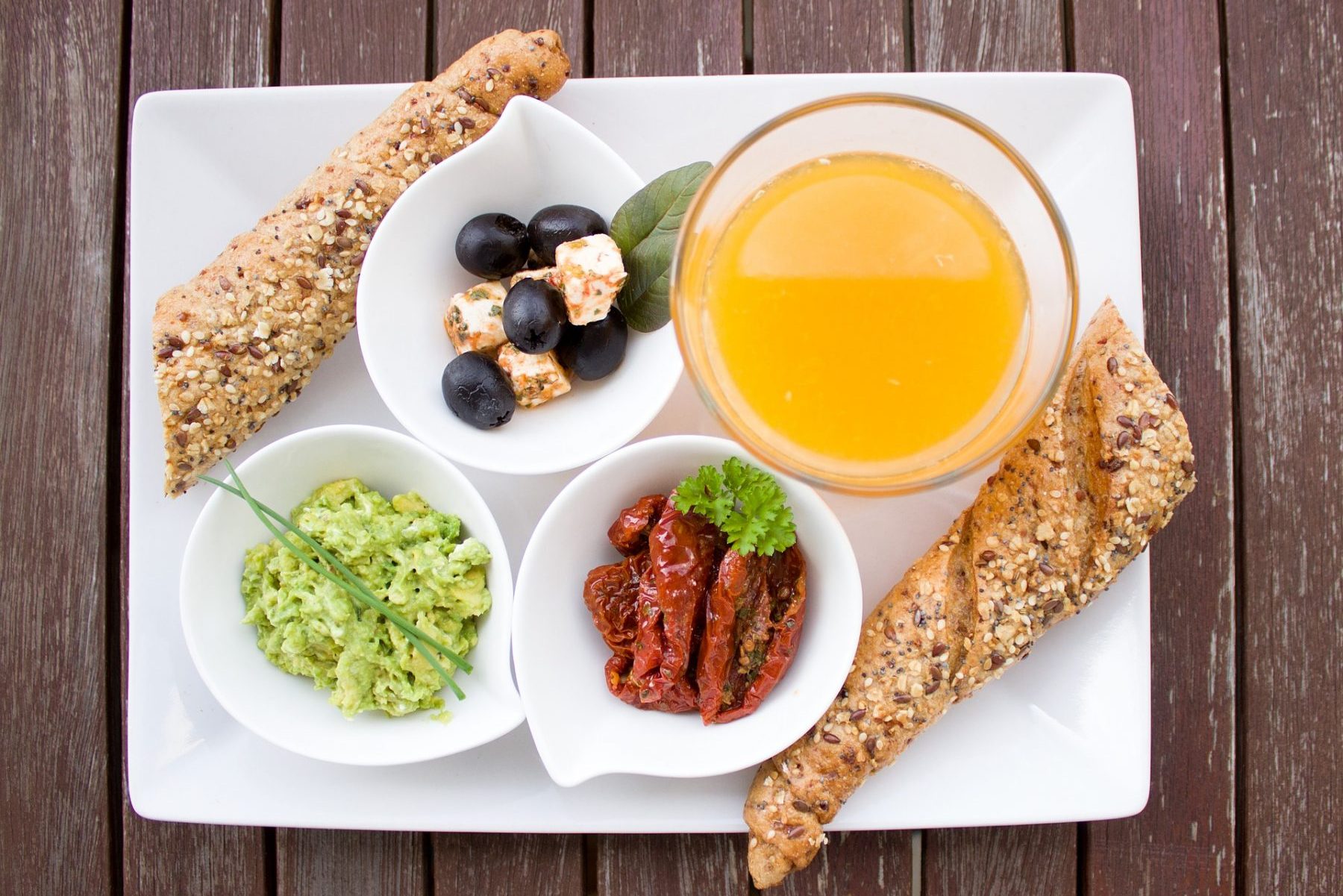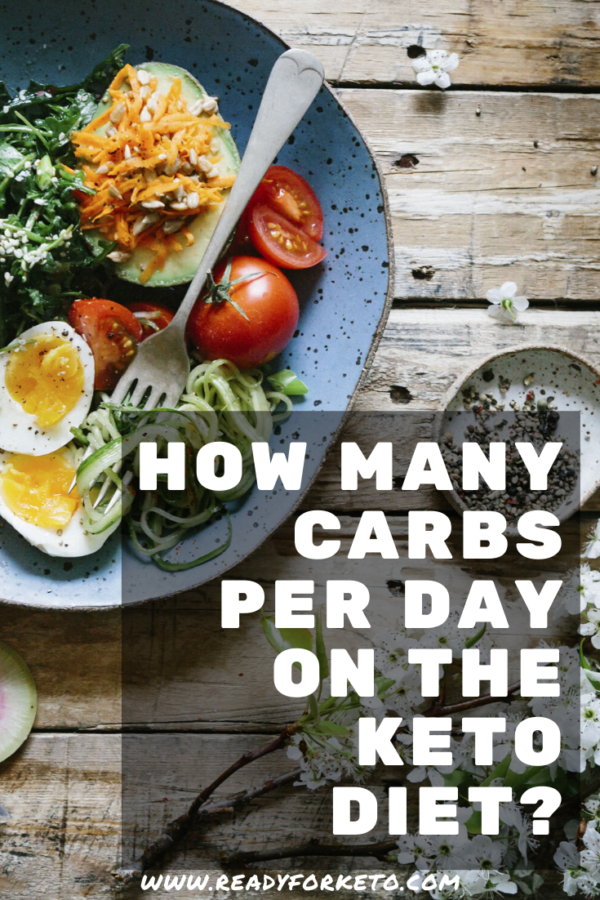how many carbs on dirty keto Carbs calculate ketofy calculation calculating chia macros
The keto diet, short for the ketogenic diet, has gained immense popularity in recent years. This low-carb, high-fat diet has been praised for its potential to aid in weight loss and improve overall health. However, one crucial aspect of the keto diet is monitoring carbohydrate intake. To maximize the benefits of this diet, it is essential to understand how many carbs are acceptable.
Understanding Carbohydrates on a Keto Diet
On a keto diet, the primary objective is to switch the body’s fuel source from carbohydrates to fats. By drastically reducing carb intake, the body enters a state called ketosis. In this state, the body starts burning fat for energy instead of relying on glucose derived from carbs.
Typically, a standard ketogenic diet consists of consuming no more than 20-50 grams of carbs per day. This limited carb intake ensures that the body remains in ketosis and continues to burn fat efficiently. However, it is important to note that individual carb tolerance may vary based on factors such as age, activity level, and metabolic rate.
Factors Influencing Carb Tolerance on Keto
While many individuals can maintain ketosis by restricting carb intake to around 20-50 grams per day, some people may be able to consume slightly higher levels without getting kicked out of ketosis. This carb tolerance can vary based on several factors:
1. Activity Level:
Individuals who engage in regular physical activity, such as high-intensity workouts or endurance training, may have a higher carb tolerance. The body requires additional energy when engaging in rigorous exercises, and consuming slightly more carbs may not disrupt ketosis for active individuals.
2. Metabolic Rate:
Evidence suggests that individuals with a faster metabolic rate may have a higher carb tolerance. Metabolism determines how efficiently the body burns calories and utilizes energy. People with a faster metabolism tend to burn through carbs more quickly, allowing for slightly higher carbohydrate intake without disrupting ketosis.
3. Individual Response:
Each person’s body may react differently to carbohydrate intake. Some individuals may be more sensitive to carbs and may need to restrict intake to maintain ketosis, while others may be able to consume more carbs without any adverse effects. It is important to experiment and find the right carb intake that works best for you.
Incorporating Carbs on a Keto Diet
While a keto diet focuses on lowering carb intake, it does not mean carbs are entirely eliminated. The key is to choose carb sources that are low in net carbs, which are calculated by subtracting fiber from the total carb count. This allows for more flexibility in meal planning while still maintaining ketosis.
1. Vegetables:
Non-starchy vegetables such as leafy greens, broccoli, cauliflower, and zucchini are excellent options on a keto diet. They are low in net carbs, high in fiber and nutrients, and can be enjoyed in abundance.
2. Berries:
Berries like strawberries, raspberries, and blackberries are relatively low in net carbs and provide a natural sweetness without causing a significant spike in blood sugar levels.
3. Nuts and Seeds:
Almonds, walnuts, chia seeds, and flaxseeds are all nutrient-dense foods that can be included in a keto diet. While they do contain some carbs, the fiber content offsets them, making them a suitable choice.
Conclusion
Understanding carb intake is crucial when following a keto diet. While the general recommendation is to limit carb consumption to 20-50 grams per day, individual carb tolerance may vary. Factors such as activity level, metabolic rate, and individual response should be taken into account when determining the optimal carb intake. Incorporating low-carb, nutrient-dense foods like vegetables, berries, and nuts allows for flexibility while still maintaining ketosis. Remember to listen to your body and adjust your carbohydrate intake accordingly to achieve the best results on a keto diet.
References:
- Study Breaks: Image Source 1
- Pinterest: Image Source 2
 Image Source: studybreaks.com
Image Source: studybreaks.com
 Image Source: pinterest.com
Image Source: pinterest.com
If you are searching about How Many Carbs Keto Diet #TypicalKetoDiet | Ketogenic diet for you’ve came to the right place. We have 5 Pictures about How Many Carbs Keto Diet #TypicalKetoDiet | Ketogenic diet for like How Many Carbs Are OK On A Keto Diet?, KETO ~ FY ME | Cut Carbs, not flavor! • How to Start a Keto Diet: Keto and also Why Dirty Keto Doesn’t Actually Work | Warrior Made. Here it is:
How Many Carbs Keto Diet #TypicalKetoDiet | Ketogenic Diet For
 www.pinterest.comketogenicdiethealthplan ketogenicrecipestoday
www.pinterest.comketogenicdiethealthplan ketogenicrecipestoday
How Many Carbs Per Day On The Keto Diet? Ready For Keto
 readyforketo.comcarbs ketosis carbohydrates
readyforketo.comcarbs ketosis carbohydrates
KETO ~ FY ME | Cut Carbs, Not Flavor! • How To Start A Keto Diet: Keto
 ketofy.mecarbs calculate ketofy calculation calculating chia macros
ketofy.mecarbs calculate ketofy calculation calculating chia macros
Why Dirty Keto Doesn’t Actually Work | Warrior Made
 www.warriormade.comketo dirty bacon burger brie clean vs doesn actually why work ben ingredients
www.warriormade.comketo dirty bacon burger brie clean vs doesn actually why work ben ingredients
How Many Carbs Are OK On A Keto Diet?
 studybreaks.comCarbs calculate ketofy calculation calculating chia macros. Keto dirty bacon burger brie clean vs doesn actually why work ben ingredients. How many carbs are ok on a keto diet?
studybreaks.comCarbs calculate ketofy calculation calculating chia macros. Keto dirty bacon burger brie clean vs doesn actually why work ben ingredients. How many carbs are ok on a keto diet?